“Come on, make a move!” That’s the approximate translation of the Bavarian company FAZUA’s name. With their compact, removable Evation motor, the Munich-based brand are pioneers in the E-road bike sector. But how does the motor perform in direct comparison with the competition?
For an overview of the test fleet head to the main article: The best E-road bike motor – The 5 most important E-road bike motors on test
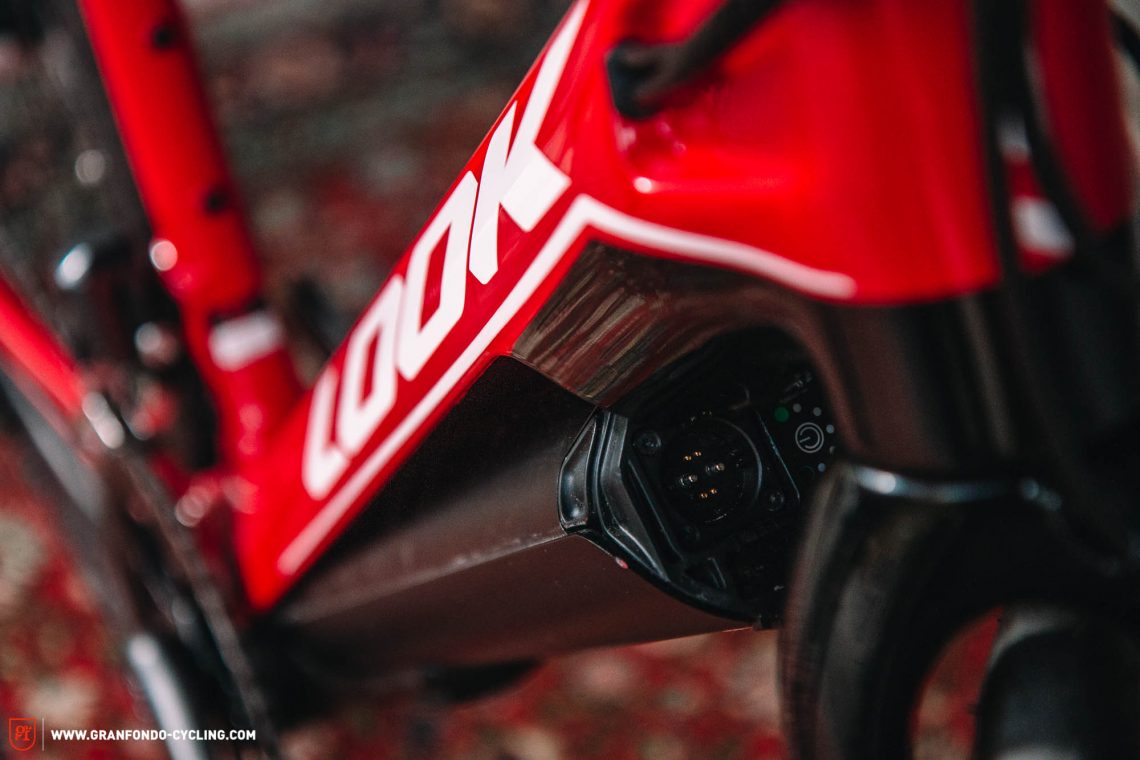
Swap over from a Bosch or Shimano STEPS motor and you’ll initially ask yourself whether the FAZUA motor is even switched on. Apart from the high-pitched hum of the FAZUA Evation at full load, you might assume, in the best possible sense, that you’re riding without any assistance at all. That’s primarily due to the natural ride feel that the FAZUA exhibits in all assistance modes (Breeze, River, Rocket). However, FAZUA’s alternative approach means there is a significant different in power to several other motors in the test. The FAZUA’s most powerful assistance level, Rocket mode, corresponds approximately to a Bosch system set to Tour. In general, the assistance modes lie very close to each other in terms of support. However, the motor characteristics can vary significantly between bike brands given that FAZUA allows manufacturers to customise parameters according to their requirements. All the more surprising then that several manufacturers don’t make use of this option to modify the motor remote so that so that regardless of being mounted left or right on the bars, a click up always selects a more powerful support mode.
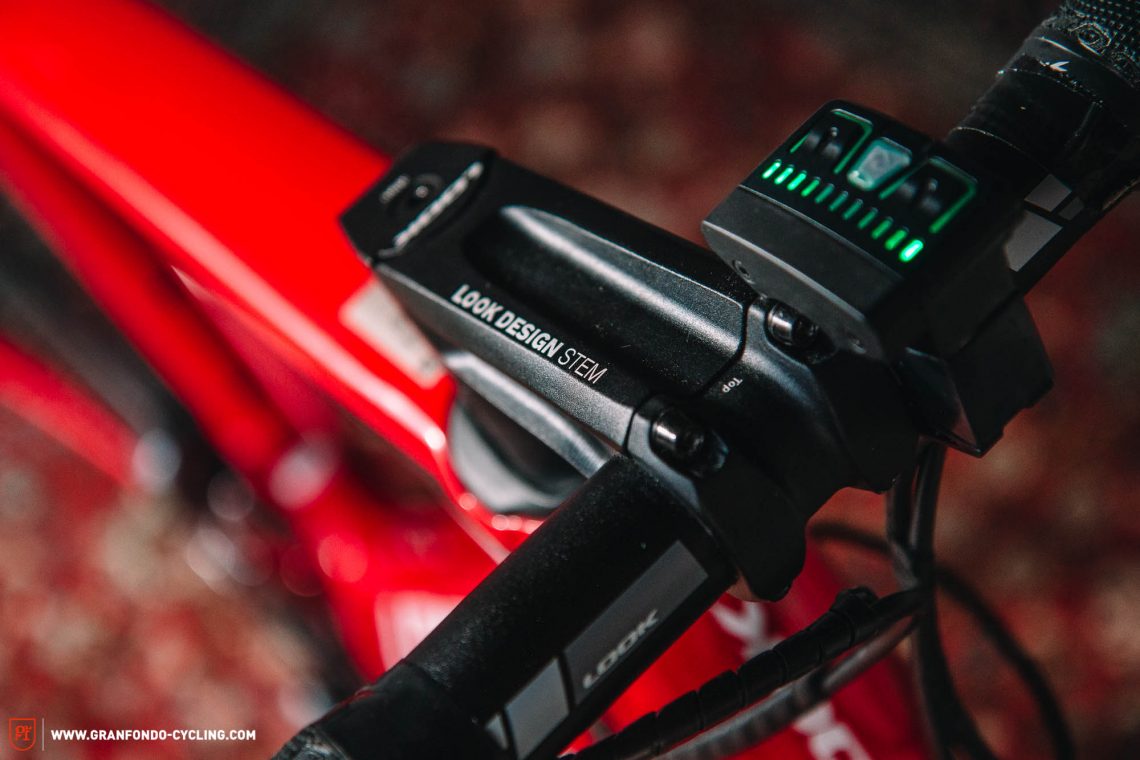
On steep inclines it’s essential that your choose the right gear and you’ll also have to work a bit harder. Our test found that the FAZUA system offers the most support between 75–90 rpm. The FAZUA motor can’t replicate the surging sensation of a Bosch or Shimano motor, but instead it offers excellent modulation and control. The 250 Wh battery offers only half the capacity of the Bosch and Shimano option. At the 25 km/h assistance limit the FAZUA shines with a smooth transition, both accelerating above the limit and dropping back below it. The motor freewheel has a relatively large engagement angle, which can lead to a metallic clunk from the gearbox when you get back on the pedals. Overall, the noise produced by the FAZUA motor sits right in the middle of our test.
The battery and motor of the Evation system are contained in a removable unit that sits in the down tube of the bike. This can be taken out within seconds, leaving only the bottom bracket and gearbox in the bike. This design effectively allows the bike to be ridden like a normal, unpowered road bike as well. A separate cover is available to “close” the down tube and also creates a handy compartment in which to store things. To charge the system, the battery has to be removed or at the very least folded out. If you don’t use your bike for eight hours, the battery will go into sleep mode and the system can’t be started from the bar remote. In practice that means that before every ride, you’ll have to remove the FAZUA unit from the down tube to turn on the master switch.
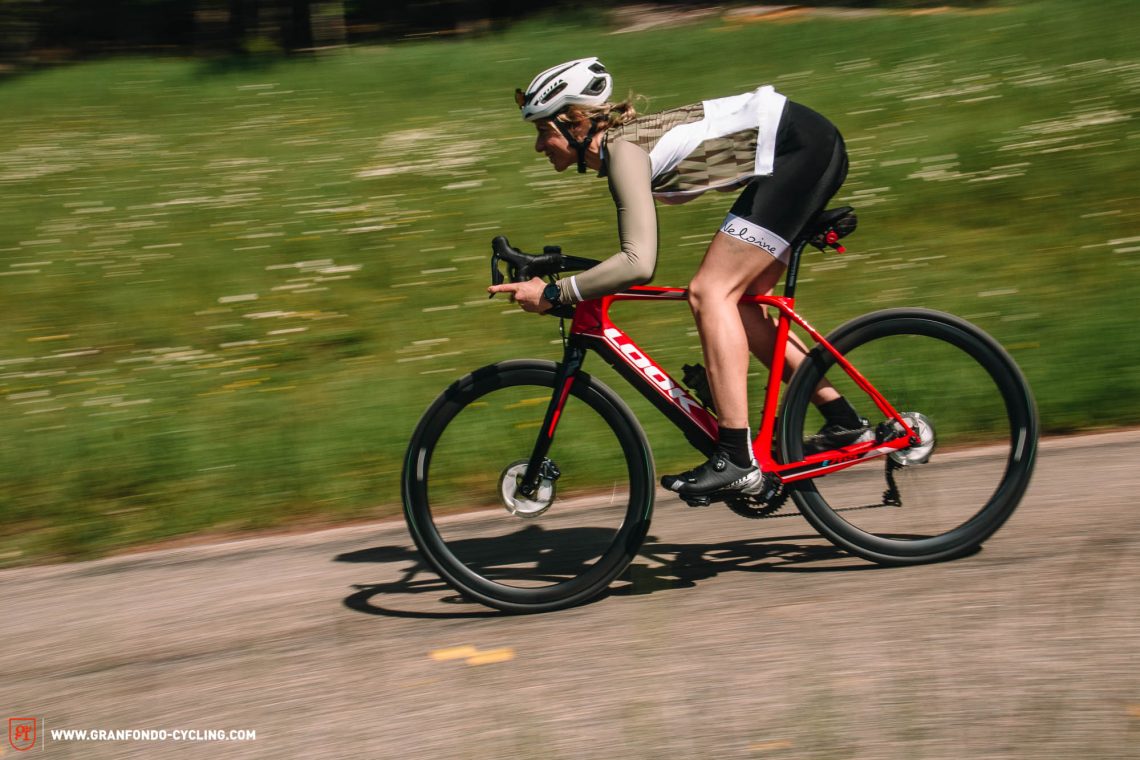
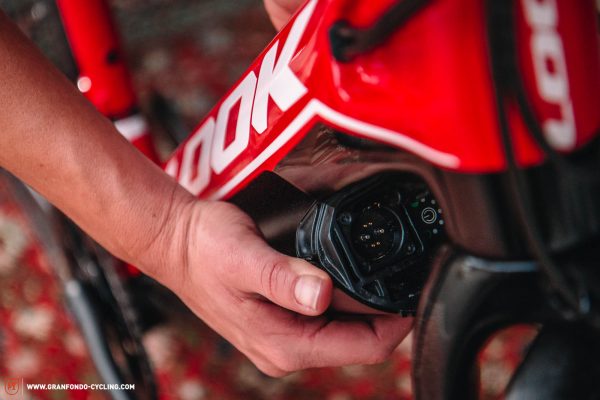
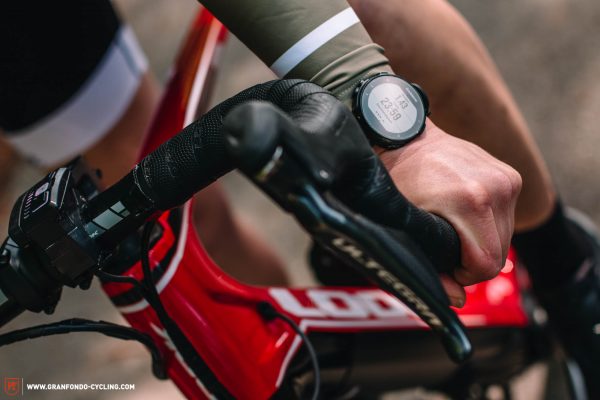
FAZUA intentionally forgo a display and instead rely on a handlebar mounted remote, which provides feedback on the assistance mode and battery level via LEDs. On top of this, it can also connects to the FAZUA app via Bluetooth, which offers navigation as well as displaying essential ride data. The recently released FAZUA Remote fX offers an additional minimal controller that can be integrated into the top tube.

Conclusion
The FAZUA Evation might only offer average power, but it has other strengths. It is the only mid motor that allows manufacturers to design road bikes with sleek silhouettes and a narrow Q-factor. The incredibly smooth transition at 25 km/h and the app connectivity are clear positives. We also have to praise the ability to quickly remove the battery-motor unit and convert your bike into a non-powered model! In the future we would like to see more torque at lower cadences and a better integrated remote for the cockpit.
Torque 60 Nm
Motor weight 1.91 kg
Support modes 3
App control Yes
Tops
- Compact and lightweight
- App connectivity
- No pedalling resistance above 25 km/h
Flops
- The standard remote was already dated in 1990, way before it was designed
For more info head to: fazua.com
For an overview of the test fleet head to the main article: The best E-road bike motor – The 5 most important E-road bike motors on test
All motors in test: Bosch Active Line Plus | Ebikemotion X35 M1 | Specialized SL 1.1 | Shimano STEPS E8000
This article is from GRAN FONDO issue #012
GRAN FONDO Cycling Magazine is published in a digital app format in both English and German. Download the app for iOS or Android to read all articles on your tablet or smartphone. 100% free!


Did you enjoy this article? If so, we would be stoked if you decide to support us with a monthly contribution. By becoming a supporter of GRAN FONDO, you will help secure a sustainable future for high-quality cycling journalism. Click here to learn more.
Words: Benjamin Topf, Felix Stix Photos: Robin Schmitt









